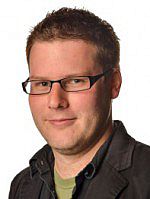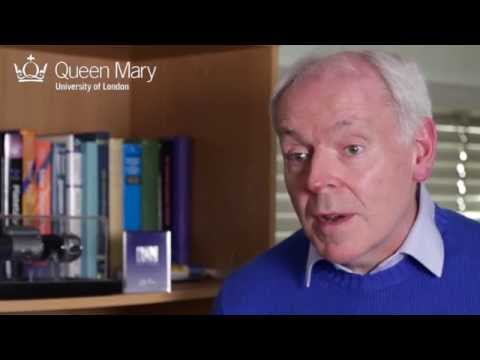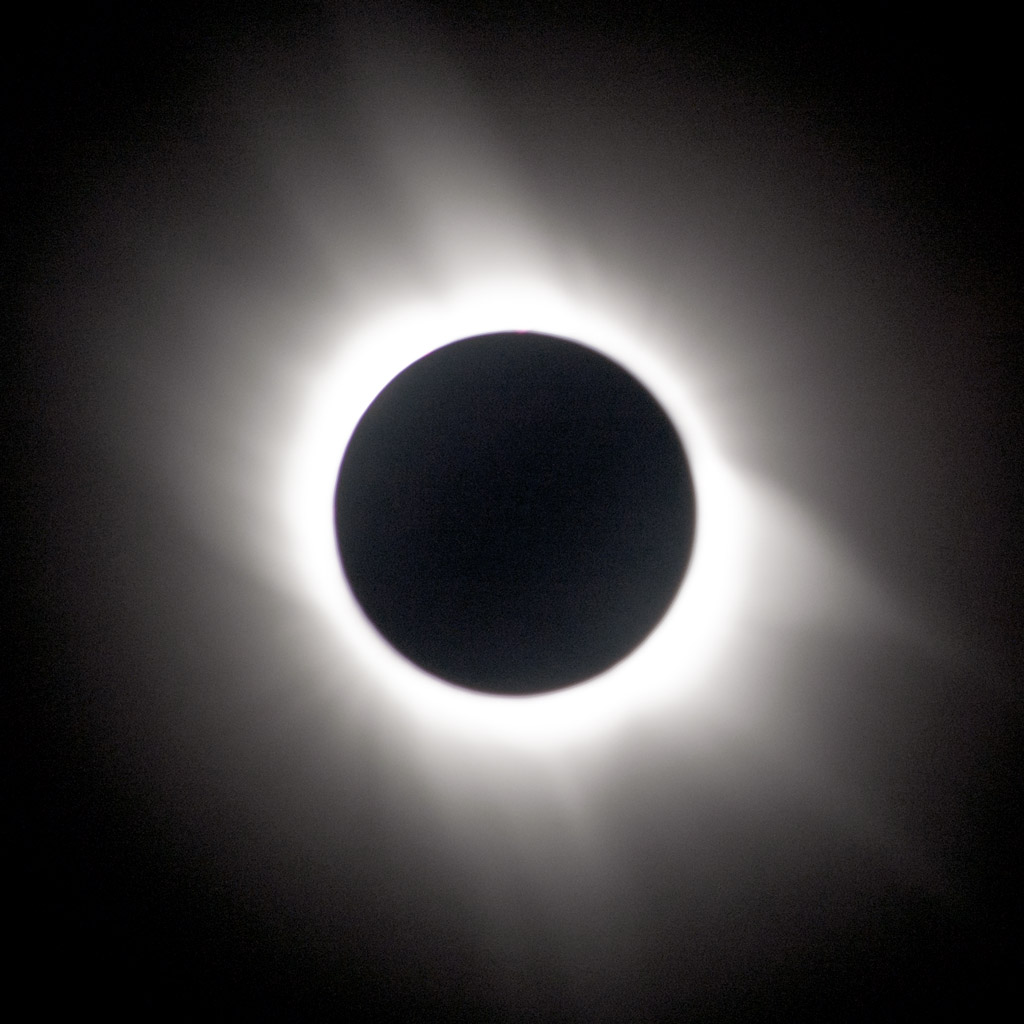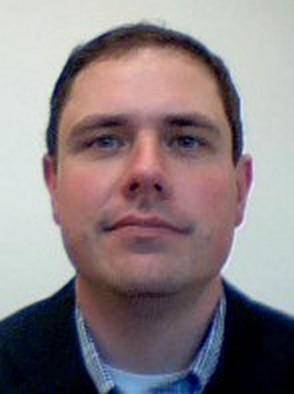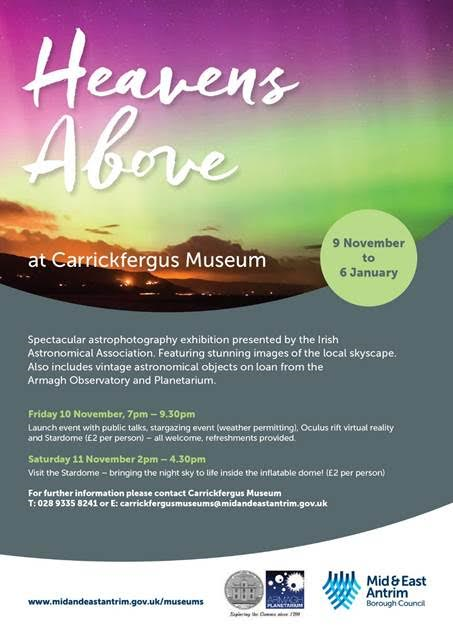All posts by iaaadmin
IAA Warmup Talk 24th January – Paul Evans
News, Upcoming Events, The Sun, A trip around the Winter Sky, Members' Photos, and an Introduction to Prof Carl Murray, all in 20 minutes!
Lecture, Weds 24th January, 7.30 p.m. “The Cassini Mission to Saturn: The End of an Era” – Prof Carl Murray (Queen Mary, Univ of London)
Lecture, Weds 10th January, 7.30 p.m. “Einstein made (relatively) Simple.” By Brian MacGabhann (GAC)
IAA New Year Party – Sat 6th January 2018
The Great American Eclipse – Videos of Talks – 13th December 2017
Lecture, Weds 13th December, – “Chasing the Shadow: the Total Solar Eclipse of 21st August in the USA” by Dr Andy McCrea and Terry Moseley
A Total Solar Eclipse is almost certainly the most amazing natural sight you will ever see in your life.
Andy and Terry have seen a dozen TSEs between them, plus a couple of Annulars, and a few more which were clouded out. They have been to Bulgaria, Turkey, Zambia, China, Australia, the Faroes, Indonesia and the USA, plus Spain and Tanzania for the Annulars. But the latest one in the USA was a total success for both: Andy observed in Idaho and Terry was in Wyoming. They will show us the highlights of this amazing experience, give some details of other forthcoming eclipses, and show you why they keep on 'Chasing the Shadow' all around the world!
Doors open about 7.15pm. There is free parking available on the campus in the evenings. Admission Free, including light refreshments. We are located in the Bell Theatre, Department of Mathematics and Physics, QUB – details here……
IAA – Warmup Talk 29th November 2017
Lecture Weds 29th Nov – Dr Stuart Sim (QUB) – “Anti-matter in the Milky Way”
The 'missing antimatter' problem is one of the major mysteries in our understanding of the universe. All versions of the Big Bang model indicate that ordinary matter and antimatter should have formed in equal quantities, and then mutually annihilated each other. The very fact that we are here, in a universe made almost exclusively of ordinary matter (ignoring Dark Matter and Dark Energy in this context), indicates that there's something missing in the theory! But antimatter does exist, as occasionally single antimatter particles are created by cosmic rays in our atmosphere; and it has been created in the lab in very small quantities, so it's real. But new research, in which Dr Sim was involved, is throwing some light on the universe's missing antimatter problem.
Although it seems an esoteric subject, it's actually both fascinating and fundamental, and the lecture will be presented at a popular and understandable level.
Dr Stuart Sim is a Lecturer in the Astrophysics Research Centre, Queen's University, Belfast.
“Heavens Above” Exhibition comes to Carrickfergus Museum 9th November – 6th January 2018
Launch Event – 7pm – 9:30pm Friday 10th November
Introduction by The Mayor of Mid and East Antrim with talks by Dr Mike Simms from the Ulster Museum on Meteorites and IAA President Paul Evans on Beginners' Astrophotograhy. Virtual Reality Demonstration, Stardome sessions and, weather permitting, Night Sky Observng. £2 charge for Stardome
Stardome sessions 2pm – 4:30pm Saturday 11th November
Be guided through a projected simulation of the Night Sky by one of our experienced Presenters inside the IAA's Stardome. These presentations are very popular so it is recommended that you book on arrival. £2 charge for Stardome
Exhibition open 8th November until 6th January 2018
A presentation of forty images professionally printed, framed and hung, all taken by members of the Irish Astronomical Association. Some were taken at remote dark locations while many more were taken here in Northern Ireland covering a range of subjects and taken with both high-end specialist cameras and standard amateur equipment.
Also on display there is a selsction of Vintage Astronomical Equipment from Armagh Observatory & Planetarium, a collection of Meteorites from Dr Mike Simms and items of Space Memorabilia from Dr Andy McCrea.

